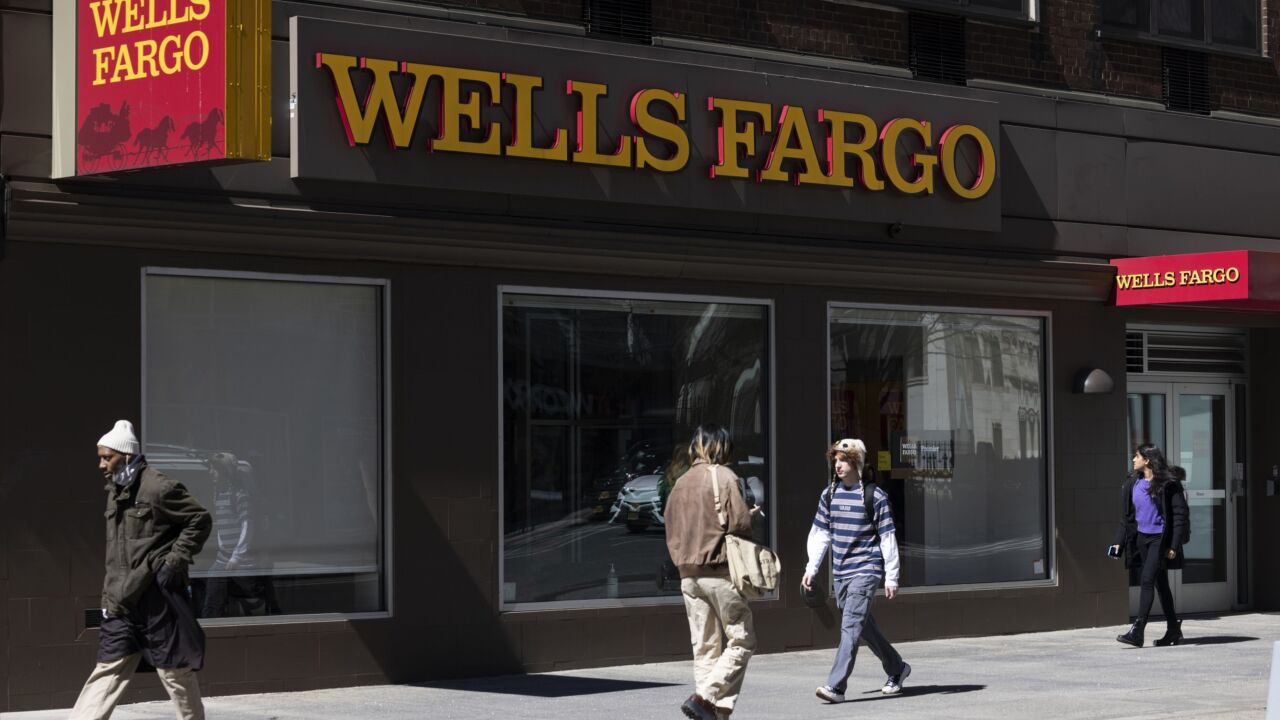The default rates rose for each of the indices this month, which were at 15.7%, 13.5%, 14.3%, and 12.2% CDR for the 06-1 through 07-2 indices, reported Bank of America Merrill Lynch analysts. This represents changes of 7.3, 3.6, 4.5, and 2.7 points, respectively.
The increase in liquidations was caused by several transactions, particularly from shelves such as Bear Stearns Asset Backed Securities, Carrington Mortgage Loan Trust, Residential Asset Securities Corp., Residential Asset Mortgage Products, and Securitized Asset-Backed Receivables, analysts said.
ABX transactions from these shelves are serviced by EMC Mortgage (Chase), Carrington Mortgage Services, Residential Funding Co. (Ally Financial), and HomEq Servicing (Ocwen Loan Servicing).
The rise is probably due to a few factors, some of which are specific to each servicer, analysts stated.
Carrington ABX offerings, for example, have exhibited increasing CDR rates since July. In terms of Ocwen (the company closed on its purchase of HomEq from Barclays in September), the rise comes off of several months of depressed CDR rates, according to BofA Merrill analysts, likely because of the integration of operations as a result of the merger.
For Chase and Ally, on the other hand, the rise might be a result of resumptions in liquidations. Some foreclosure completions and REO sales were postponed because of the temporary halt in foreclosures by some servicers that started at the end of September, BofA Merrill analysts said. However, both of these servicers have since indicated that they will be resuming foreclosure processing operations. They also cited the fact that BSABS 2005-HE11 made no principal or interest payments because of a much higher 53% CDR default rate and 114% severity.
The loss severities in this month's report are mixed accross the indices, according to analysts. They were up for 06-1 and 07-1 while down for 06-2 & 07-2. Weighting for liquidation balance, the severity shifts this month were +4.8, -3.6, +7.0, and -7.1 points to values of 83.1%, 82.0%, 89.9%, and 83.5% for the 06-1 through 07-2 indices, BofA Merrill analysts noted.
The higher volatility in severity prints persists, and will be happening regularly as long as CDRs stay at lower levels. Slowing CDR levels are in line with increased volatility in severities, they noted.
"We have maintained severity risk remains to the upside for the near-term, based on increased advancing costs," wrote BofA Merrill analysts. "Investors will need to see through the volatility and focus more and more on trends in severity."
According to them, the variations in the reporting of potential losses resulting from loan modifications have skewed the severities of some offerings versus others. Those servicers reporting principal forbearance as a loss showed higher severities compared with those that do not.
Meanwhile, analysts pointed out that modification rates are up for later vintages. The rates were at 0.88%, 1.24%, 1.43%, and 1.42% of loans for 06-1 through 07-2, respectively. These levels are comparatively flat for 06-1 and 06-2, and up 0.42 and 0.25 points for 07-1 and 07-2, BofA Merrill analysts noted.
The subprime modification rates have dropped after peaking in March. This occured after the ramp-up of the government's Home Affordable Modification Program (HAMP), analysts said. They predicted that private modifications will be playing a bigger versus those under HAMP.





